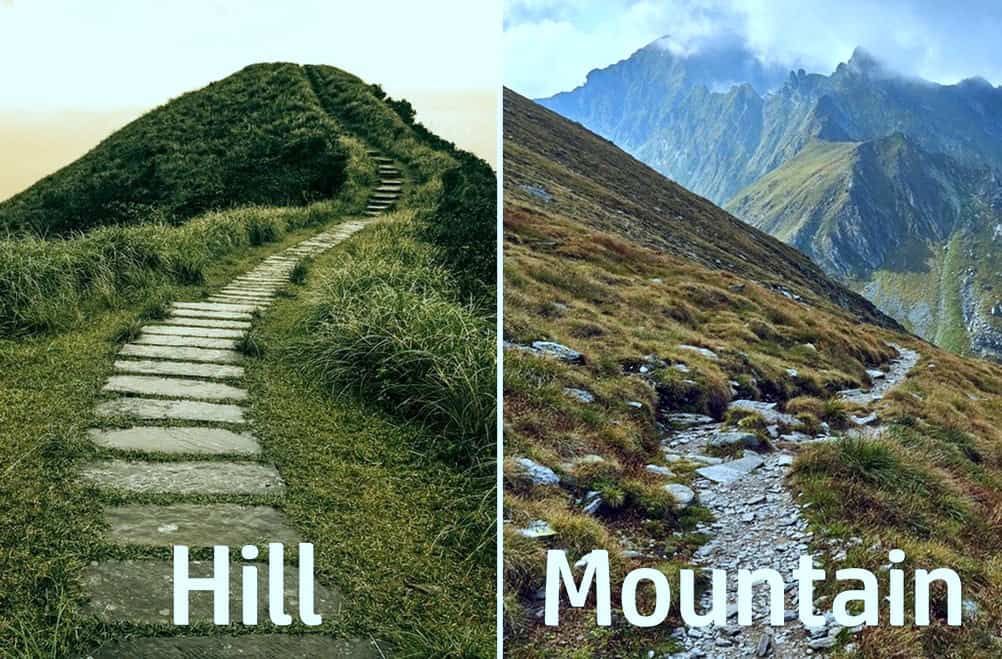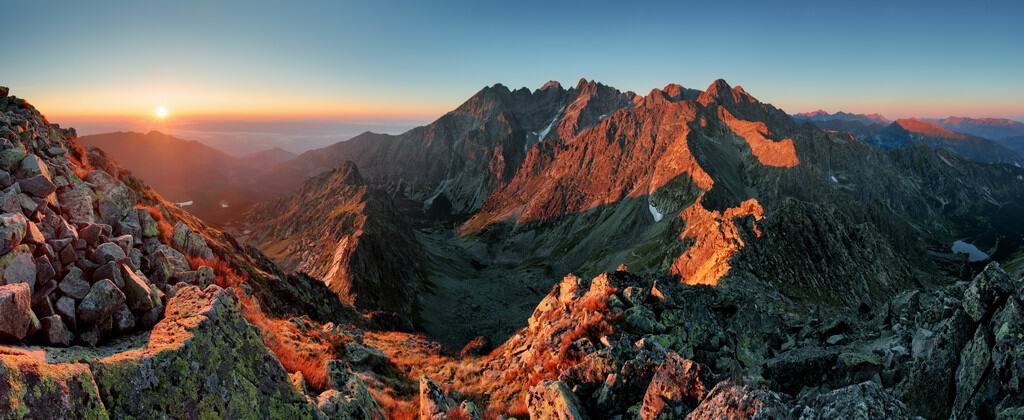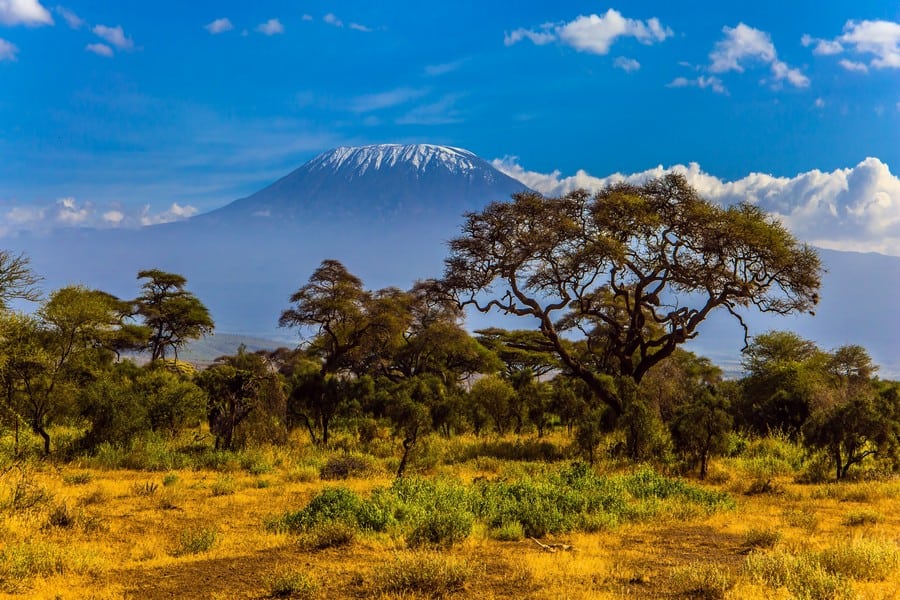
The primary difference between a hill and a mountain lies in elevation and the steepness of the slope. Generally, mountains are taller and steeper than hills, but the specific criteria can vary based on local or national definitions.
Hills:
- have an elevation usually below 2,000 feet (610 meters)
- rise gently from surrounding terrain
- have a smoother profile and are usually less steep compared to mountains
Mountains:
- have an elevation usually above 2,000 feet (610 meters)
- have more dramatic slopes and are more prominent
- often feature rugged terrain, including peaks and ridges
Historical Definitions

The definitions of hills and mountains have evolved over time. They can vary significantly depending on geographical context and the criteria set by different countries or organizations. There isn’t a universally accepted standard for what constitutes a hill versus a mountain, and these terms have often been applied subjectively based on local cultural and practical considerations.
Historically, the distinction between a hill and a mountain was less about exact measurements and more about general perception and local usage. In many languages and cultures, the terms for hills and mountains are interchangeable or context-dependent, with no specific height threshold.

In the United Kingdom, a mountain is traditionally defined as any summit at least 2,000 feet (about 610 meters) high. However, this is not a strict rule, and many smaller summits are also popularly considered mountains.
In the United States, the U.S. Geological Survey (USGS) does not have an official definition distinguishing hills from mountains. Commonly, a height of 1,000 feet (305 meters) has been mentioned informally, but this is not universally applied.
Geographical and Geological Perspectives
Geologists generally do not use a strict height criterion to define mountains, focusing instead on the processes involved in their formation. They look at aspects such as the structure, history, and composition of the Earth’s crust.

Mountains are often the result of tectonic forces or volcanism. These processes push the earth’s crust to great heights, forming not just single peaks but whole ranges of mountains. Mountains are often less accessible, making them less suitable for agriculture. However, their slopes support diverse ecosystems and are popular for activities such as mountaineering, skiing, and hiking.
Hills are generally formed through erosion or smaller movements of the earth’s crust. They do not usually result from tectonic plate collisions but can be remnants of ancient mountains worn down by millions of years of weathering and erosion. Hills are more accessible and are often used for agriculture, settlement, and recreation. Their gentle slopes make them ideal for walks and as viewpoints to appreciate the surrounding landscape.

Climbing and Mountaineering Influences
In the world of climbing and mountaineering, the classification of a mountain goes beyond mere elevation. Within these communities, factors such as prominence, isolation, and even difficulty of ascent are considered to determine the categorization of mountains. These criteria help differentiate between what might be considered major peaks versus lesser or subsidiary peaks, providing a clearer framework for achievements and records in mountaineering.
Prominence refers to the height of a mountain’s summit by the vertical distance between it and the lowest contour line encircling it and no higher summit. It measures how much a mountain rises above its surrounding landscape.

Mount Kilimanjaro, the highest mountain in Africa, has an elevation of 19,341 feet (5,895 meters) above sea level. Because it is an isolated peak, its prominence is nearly as much as its elevation—19,308 feet (5,885 meters). Despite it being far lower than the highest peaks in the world in terms of absolute elevation (Mount Everest is 29,029 feet/8,848 meters), Mount Kilimanjaro is one of the most prominent mountains in the world.




























































